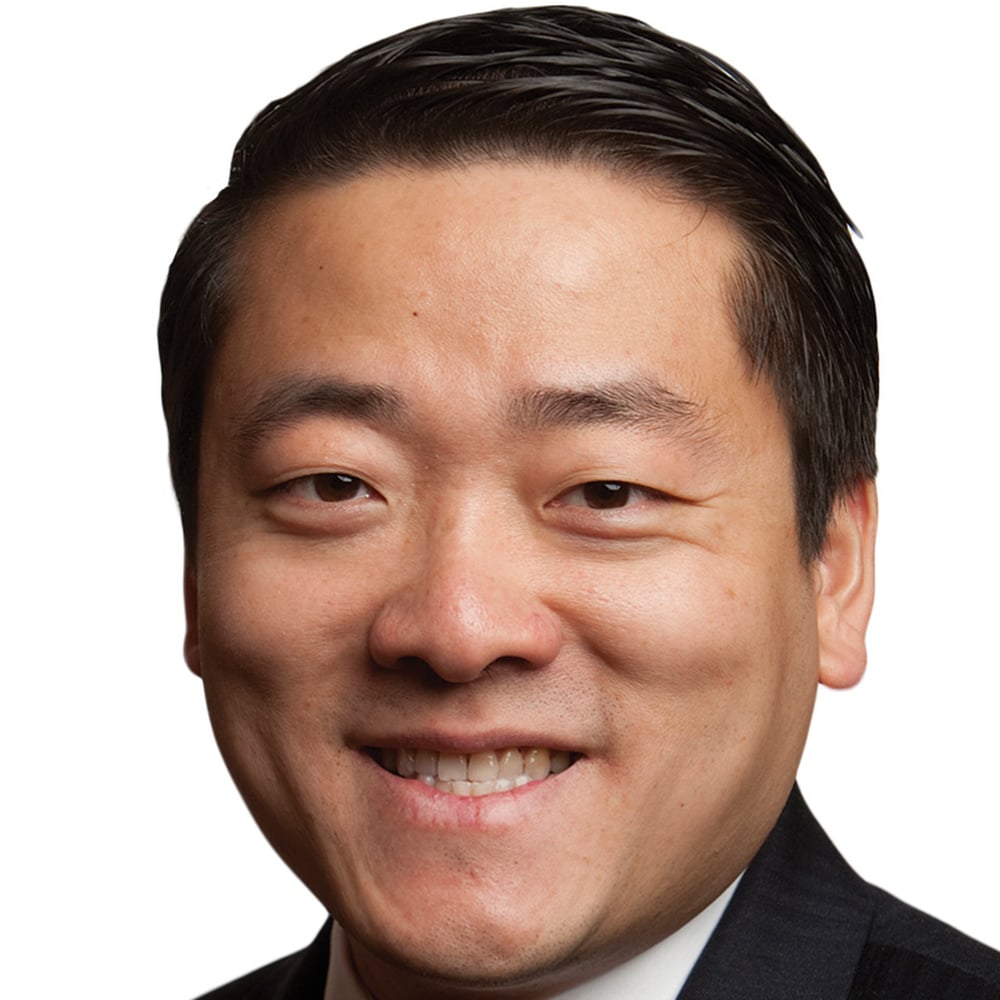Long story in the Trib, on a topic that could use more focus.
When Debbie Chen temporarily closed her Houston restaurant in March due to the coronavirus, she was worried about her health and her financial livelihood.
But as a Chinese American, she was also worried about vandalism and her physical safety, given how President Donald Trump and others were blaming China for the pandemic and using racist monikers for the virus.
Seven months later, as Texans head to the polls in the 2020 elections, she hasn’t forgotten. Chen works on Asian American and Pacific Islander voter turnout every year, but this year she feels even more motivated.
“I was so afraid someone would get attacked,” Chen said. Trump’s rhetoric “perpetuates this stereotype that Asians are foreigners or something.” [Read more about Chen’s experience during the coronavirus here.]
Voters who share Chen’s feelings could have a major impact on the 2020 elections. The share of Asian Americans nationwide remains less than 5% of the total electorate. But it’s the fastest growing racial or ethnic voting group in the country, according to the Pew Research Center.
In Texas, there are sizable Asian American communities in districts that hold an outsized importance this year. Democrats are hopeful that they can flip nine seats in the state House to gain a majority in the lower chamber ahead of next year’s legislative session. Key among those efforts are nine seats held by Republicans in which former U.S. Rep. Beto O’Rourke, a Democrat, received more votes than U.S. Sen. Ted Cruz, R-Texas, in 2018. In two-thirds of those districts, the Asian share of the population is more than double the statewide share. Multiple U.S. House seats targeted by Democrats have large Asian American populations, too.
“There are some districts where there’s a significant enough level of organization and voters that can make a difference if it’s a matter of turnout and the races are close enough,” said Madeline Hsu, a history professor at the University of Texas at Austin.
Asian American voters are hardly a monolith. While the Indian American population has leaned reliably Democratic for years, Vietnamese Americans tend to lean Republican. And Filipino Americans are more evenly divided.
Since 2016, Trump has made small inroads with Vietnamese and Indian Americans but lost support among Chinese Americans, according to polls from the Asian American Voter Survey.
But recent polling also suggests that Asian Americans and Pacific Islanders, who are sometimes referred to collectively as the AAPI community, overall may turn out in higher numbers for Democrats in 2020.
“You had this ‘Chinese Americans for Trump’ phenomenon in 2016 and it looked like that was a group that was maybe going to go conservative over time,” said Karthick Ramakrishnan, a University of California, Riverside political science professor who runs a survey on Asian American voters. “But his support has actually gotten worse among Chinese Americans. It’s not just the anti-China rhetoric, but all the bigotry he unleashed during the coronavirus is hurting.”
There’s more, so go read the rest. I’ve covered this topic before, so there’s not much to add. (There was also an earlier story in the Trib that I didn’t get around to.) I wish there was some Asian-American voter-specific polling done in Texas, the way Latino Decisions does the same for that community, but for now I need to keep waiting. As with Latino voters, the key here is engagement – these folks will vote more Democratic than Republican, but you have to make an effort to get them to vote. They’re just not used to candidates and campaigns speaking to them, which is something that those of us who always vote sometimes have a hard time understanding. Sri Kulkarni made a point of doing that in his 2018 campaign, and it’s a key to 2020 as well. Whatever happens, I hope there’s an effort made after the election to figure out how it went with this community.

